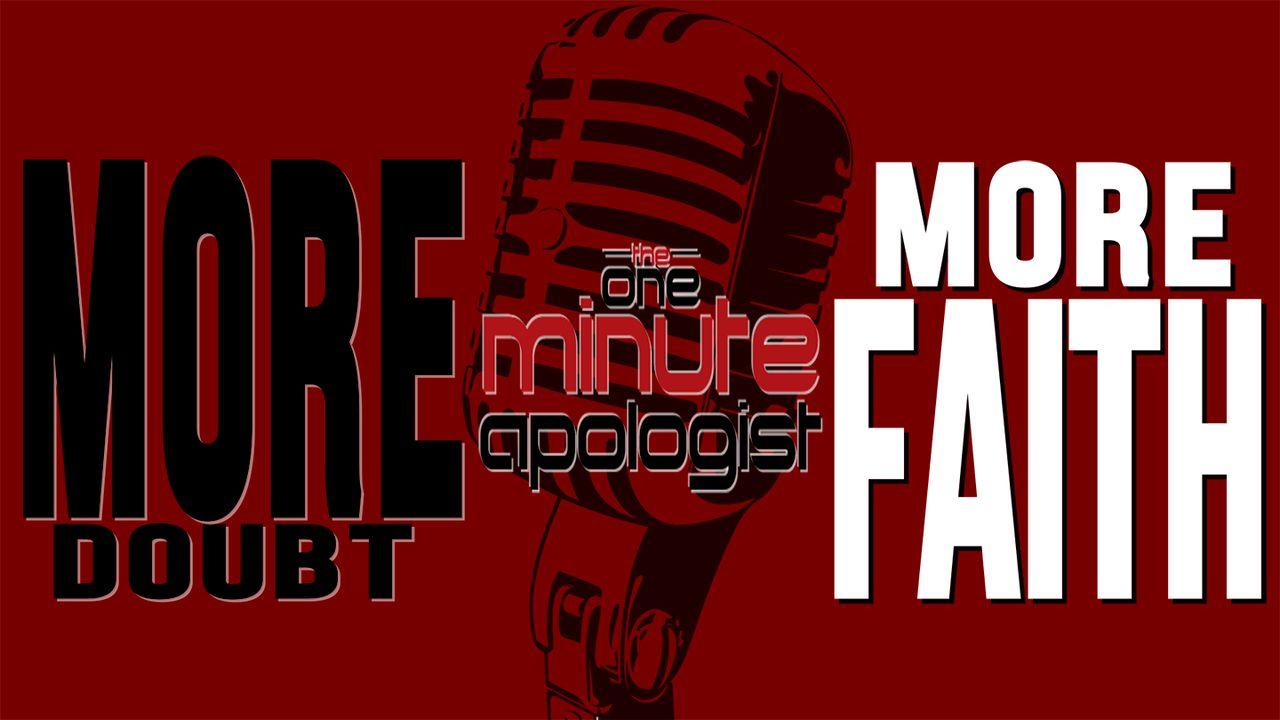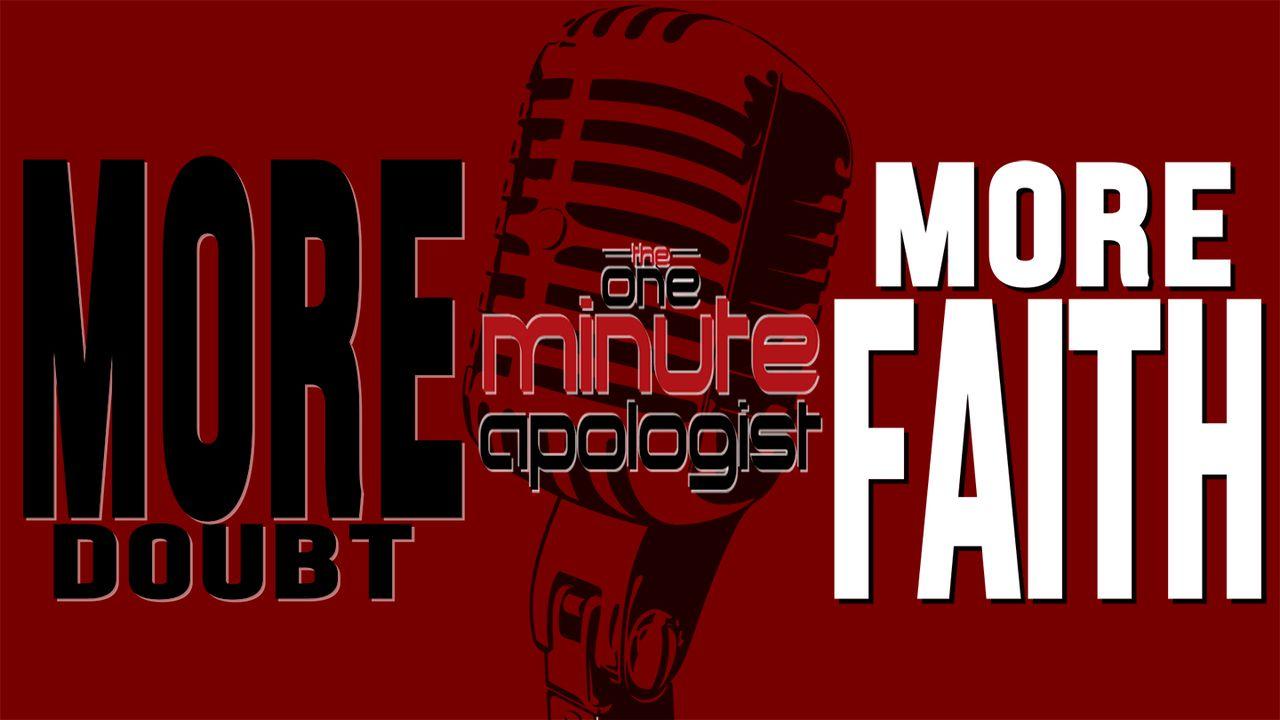Leseplan-informasjon
More Doubt: More FaithPrøve

What is Doubt?
[The video portion of this devotional is not available on your device. To view this video, visit your plan at www.Bible.com]
Resurrection scholar Gary Habermas sheds some helpful light on the meaning of the word doubt .
"In the New Testament, there are at least a half-dozen Greek words that describe the general condition that we have called doubt. They can also have other meanings as well, such as puzzlement or wondering. When used in the sense that is relevant for us, key meanings include uncertainty or hesitation between two positions , but there are differences. Interestingly, they are applied to believers and unbelievers alike.
For example, using the most common word for doubt (diakrino), James describes the man who asks God for faith but who wavers concerning whether he thinks God will grant the request. This individual is described as being unsettled (James 1:5-8). Using the same term, Jude instructs believers to have mercy on doubters (Jude 22), who, in the context, were apparently affected by false teachers (vv. 17-23). Matthew mentions that Jesus’ followers doubted (distazo) him on occasion (14:31; 28:17). In the first instance, Jesus identified Peter as having little faith and asked him why he doubted. Unbelieving Jews are also described as doubting (psuchen airo) Jesus (John 10:24).
Other terms with similar meanings are also used. Paul describes his own condition during times of persecution as being perplexed (aporeo), although he said he did not despair (2 Cor. 4:8). Jesus uses still another word (meteorizo) when warning his listeners about anxious worry (Luke 12:29). Such words regularly indicate a state of vacillation or questioning, even of anxiety, despair, or unbelief. There is also much variety in the use of these terms, depending on the context. So doubt covers a fairly wide range of possible states of mind, with some diversity regarding the particular situation. It can tend in the direction of unbelief, but it is most commonly used of true believers who lack assurance."
Os Guinness insightfully adds,
"The Latin word for doubt, dubitare , comes from an Aryan root meaning “two.” To believe or have faith is to be “in one mind” with regard to accepting something as true; to dis believe is to be “in one mind” about rejecting it. To doubt is to waver between the two, to believe and doubt at once, and so to be “in two minds.”
That’s why doubt is so disturbing. It splits the mind. Contrary to popular belief, intellectual doubt is not the opposite of faith; unbelief is. Doubt is in between, seesawing and dangling in the middle.
Yet, make no mistake. Doubt never stays put. It’s not neutral.
It makes up its mind.
It’s directional.
It’s going somewhere.
This means a person will either doubt toward unbelief or they will doubt toward faith.
Reflection
* Alister McGrath said, "Doubt is like an attention-seeking child." What do you think he meant by that statement? And if that's the case, how does our doubt need to be handled?
For additional content please visit, http://www.oneminuteapologist.com
Om denne planen

This 7-day journey is a continuation of the study "Doubting Toward Faith." More Doubt: More Faith will offer additional hope to those who are going through a bout with doubt. In this study, we will address how doubts can...
More

